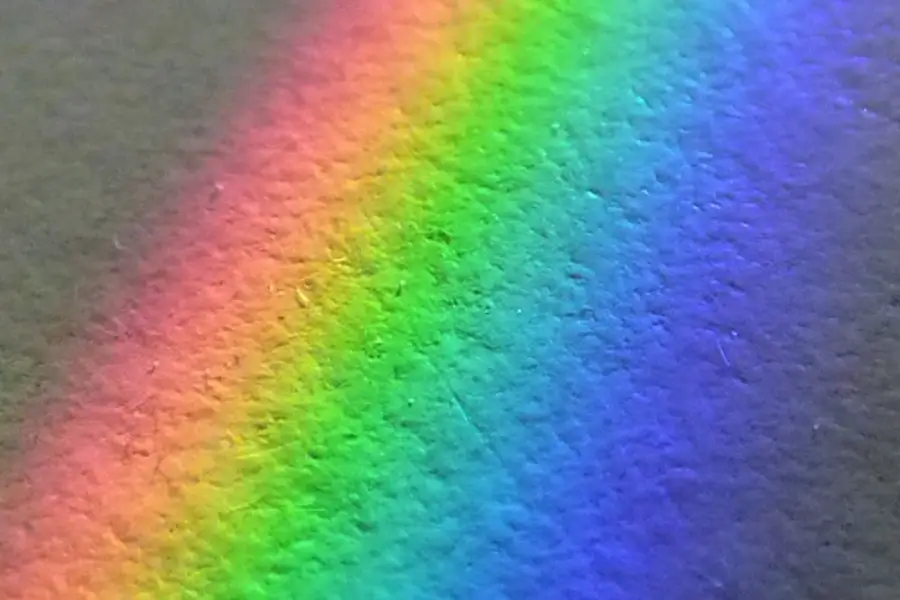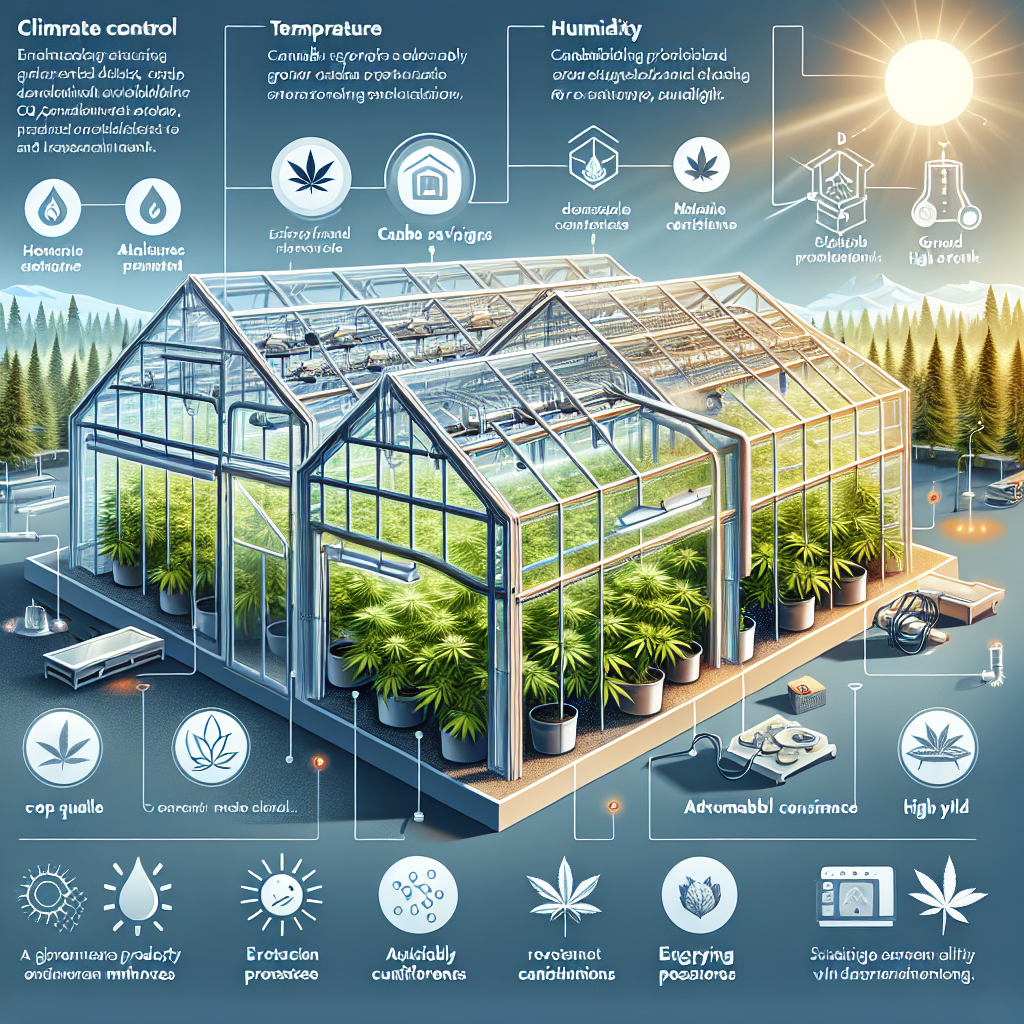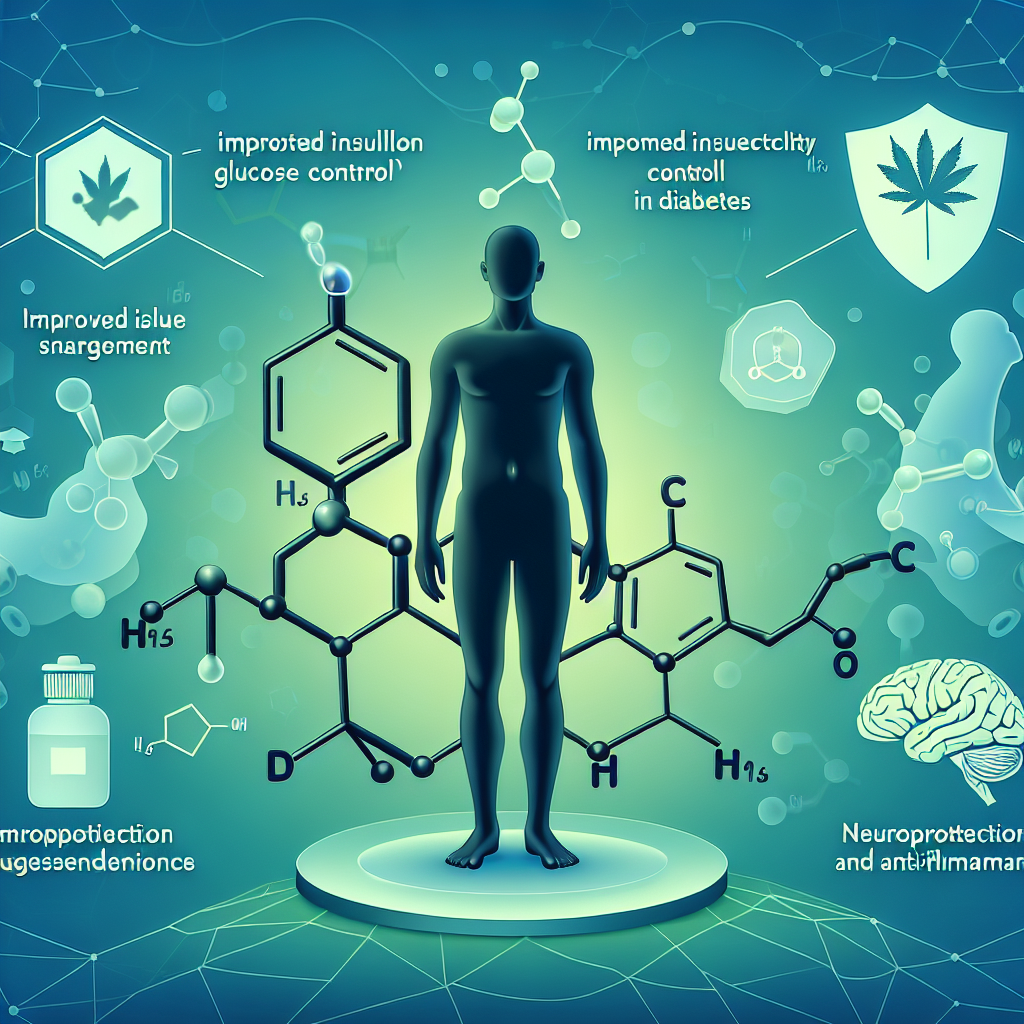A current study is being conducted to investigate the impact of different light spectrums on the growth of cannabis plants. Specifically, the effectiveness of red light intensity in enhancing the quality of cannabis is an area of active exploration. Here is an impartial viewpoint about the current information available:
Possible advantages of heightened red light intensity:
During the flowering stage of cannabis growth, red light with a wavelength of approximately 660nm is essential. It can enhance the development of buds, which may result in higher flower density and yield. Several studies indicate that augmenting the intensity of red light within a particular range may amplify these effects.
Ongoing research aims to determine the perfect blend of red, blue, and maybe other wavelengths for maximizing plant growth and quality.
Requirement for Further Investigation:
Optimal Levels: Although red light is necessary, identifying the most effective intensity for enhancing quality requires additional investigation. A limit may be reached where the benefits of red light decline or possibly have detrimental consequences, such as causing light stress when used excessively.
Cannabis plants are anticipated to derive advantages from a well-proportioned range of light wavelengths rather than solely relying on red light. Blue light is crucial in promoting vegetative development and facilitating several physiological processes. Ongoing research aims to determine the perfect blend of red, blue, and maybe other wavelengths for maximizing plant growth and quality.
Experiments on Lighting between Canopies:
Recent Research: Several recent studies have investigated the impact of augmenting the intensity of red light, particularly in inter-canopy lighting (illumination within the plant canopy). These studies have not demonstrated any substantial variations in crop productivity or potency when employing increased quantities of red light.
The research indicates that when it comes to lighting between canopies, it may be more crucial to optimize the overall strength of light, which includes both red light and other wavelengths, rather than only focusing on boosting the intensity of red light.
In general:
Although augmenting the intensity of red light may offer particular advantages regarding cannabis quality, it is likely just one component of a more comprehensive picture. Here are some essential points to remember:
Emphasize Spectrum Balance: Ensuring a well-balanced light spectrum that includes the appropriate amount of red light and possibly other wavelengths is likely more critical than simply boosting the amount of red light.
Ongoing research is being conducted to find the optimal red light intensity for improving the quality of cannabis. However, further studies are required to establish the most efficient intensity.
Consider the overall light intensity: When it comes to lighting between canopies, maximizing the amount of light provided (including red and other wavelengths) may be more crucial than focusing solely on the intensity of red light.
It is advantageous to get advice from knowledgeable cannabis cultivators or horticulture experts who are well-versed in the most recent research when it comes to optimizing your approach to using grow lights. They may assist you in evaluating variables such as plant strain, development stage, and general growing environment to determine the optimal light spectrum for your cannabis plants.




